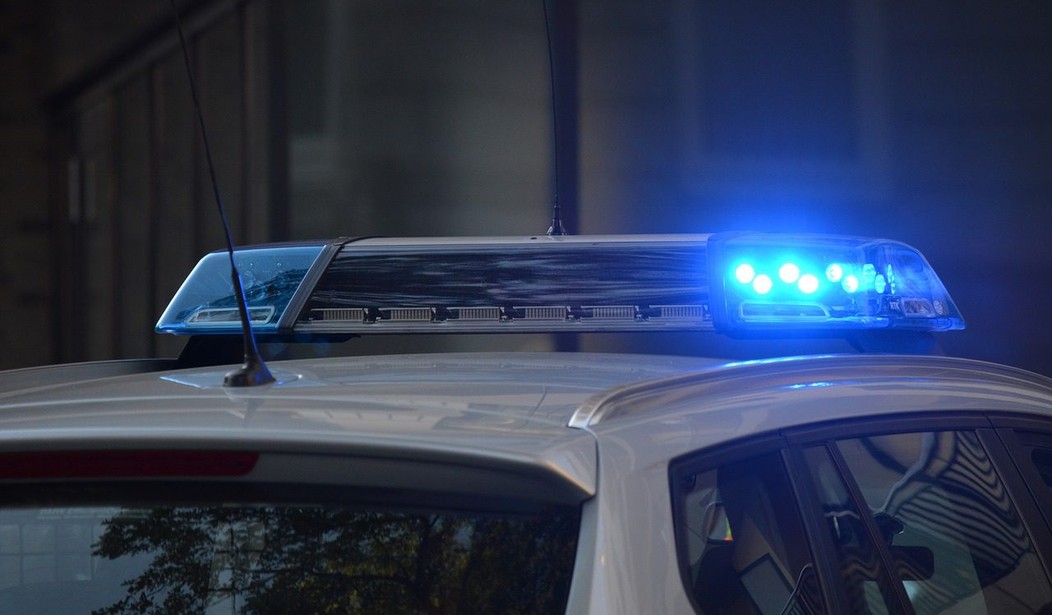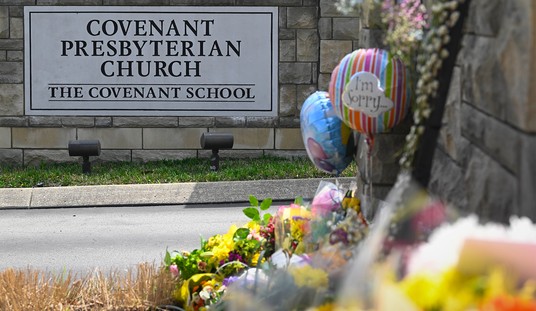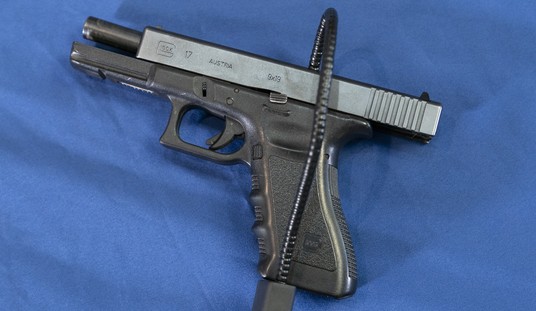Back in January of this year, Washington, D.C. Mayor Muriel Bowser appointed Linda Harllee Harper as the city’s first ever director of gun violence prevention. Three weeks later, Bowser declared a “public health emergency” over gun violence, which had skyrocketed in 2020. Now the mayor was declaring that this year would be different, and the city would be deploying the Left’s favorite new strategy in fighting violent crime; treating “gun violence” as a public health concern, and not a criminal justice issue.
Kaiser Health News recently ran a largely glowing profile of Harllee Harper and the city’s efforts to fight the “epidemic” of gun violence, highlighting some of the strategies that D.C. is putting in place to prevent crimes from happening in the first place.
Nine months into this new role, Harllee Harper’s most powerful tool is the mayor’s initiative, Building Blocks. Drawing on public health strategies to contain the spread of gun violence, it’s designed to treat the immediate symptoms and root causes of community violence.
Its workers operate almost as contact tracers, whose methods have become familiar during the pandemic. They enter targeted communities to form relationships and connect high-risk residents to violence interrupters, who are trained to de-escalate conflict. They also arrange for resources, like drug addiction treatment and housing assistance. The idea is to reach the small number of people who engage in dangerous behavior and invest in them and their neighborhood.
“Hopelessness combined with a gun, combined with substance abuse, is a really bad combination. And I think that’s what we are seeing right now,” said Harllee Harper.
Building Blocks is up and running in about a third of its targeted 151 blocks — 2% of the city — that were connected to 41% of last year’s gunshot-related crimes last year. (Brightwood Park is not on this list but is included in the city’s fall crime prevention initiative run by the police department.)
Both law enforcement and social welfare advocates agree that a small number of people are driving the violence in any given city, and a disproportionate amount is concentrated in just a few neighborhoods. So, the idea of focusing on just 2% of the city makes a lot of sense. The fact that this program isn’t fully operational yet, on the other hand, shows the limiting power of the bureaucracy. Imagine what the public and press reaction would be if D.C. only had a third of its vaccination sites up and running almost eight months after declaring a public health emergency over COVID. That wouldn’t be seen as a success story, as Kaiser Health News portrays the rollout of Building Blocks. It would be rightfully seen as an abject failure.
Instead, the only real note of caution or criticism found in the piece is buried at the bottom of the story.
Some residents remain skeptical. Residents of the first Building Blocks neighborhood said the follow-up continues to lag. Jamila White, an elected member of the Advisory Neighborhood Commission, said she had several conversations with Harllee Harper and gave her a tour to point out the needs, including quick fixes like adding or fixing streetlights and regular street-sweeping. White has yet to see expedited results, she said, but respects Harllee Harper and admits that no one could address all the issues, many rooted in poverty, alone.
“There’s a lot of shared agreement. But you know, having a shared agreement and having political will and power to do something is a different thing,” said White.
After I read the entire story, I realized that Kaiser Health News never mentioned what has happened to the rate of shootings and murders in the city since the mayor appointed her director of gun violence prevention and declared a public health emergency. So, I went to the Metropolitan Police Department website, which to its credit does have an up-to-date data portal with year-to-year comparisons for most major crime categories.
According to D.C. police, overall violent crime is up 3% this year compared to 2020, with the largest increase seen in the category of “homicide” (up 8%). Aggravated assaults with a weapon are up by 1%, robberies are up by 3%, and sex abuse crimes are up 4%. Every category of violent crime has reported increases this year, which begs the question: how long should good people in bad neighborhoods have to wait before they declare the experiment in treating violent crime like a disease a failure?
I truly do believe that community violence intervention programs have their place. I believe they can be effective at saving lives and turning lives around. But I don’t believe for a second that they have a 100% success rate, and that means there are still going to be guys out there who are going to have to be dealt with by the criminal justice system. D.C’s Attorney General is a far-Left social justice warrior who objects to the federal government prosecuting felon-in-possession cases in the District. Karl Racine would prefer they be tried in D.C. Superior Court, where defendants are more likely to receive lighter sentences.
I don’t believe that “gun violence” is a public health crisis. I believe that violent crime is a public safety issue, and given the rise in shootings and homicides over the past two years, I think it’s fair to call it a public safety crisis. But one of the reasons why it’s a crisis is the refusal by many Democrats to acknowledge that police and prosecutors have any constructive role to play in public safety. The public calls to defund the police may have largely faded from the politicians’ lips, but their love of the idea still lingers in their hearts.
There is a happy medium between Bloomberg-style police patdowns of hundreds of thousands of city residents each and every year and the “reimagining” of the police force into a Social Justice Safety Squad that carries balloon animals instead of service pistols: Focus on the most violent offenders. Offer them a chance to change their lives. Prosecute them to the fullest extent of the law if they don’t take advantage of the opportunity. Rinse and repeat.
There’s room for both “violence interruptors” and law enforcement officers in terms of fighting violent crime. I’d also argue that the third leg of the public safety stool are armed citizens; another area where D.C.’s failed strategies are on full display. More than a decade after the Heller decision struck down the District’s ban on handguns, it’s still impossible to purchase a firearm in Washington, D.C. There are no gun stores. There are no ranges open to the public. People who want to exercise their Second Amendment rights must travel to Virginia or Maryland in order to purchase a gun or to train with it. Meanwhile, the District fosters a culture of illegal gun possession, which in turn breeds criminal misuse of firearms.
D.C. has lots of problems, and it’s unfair to think that the District’s director of gun violence prevention can solve them all. But it’s also been more than seven months since the mayor declared “gun violence” a public health emergency, and things have only gotten worse since then. I think it’s fair to ask how much worse things have to get before the mayor and D.C. council members are willing to admit that their epidemic is only growing.








